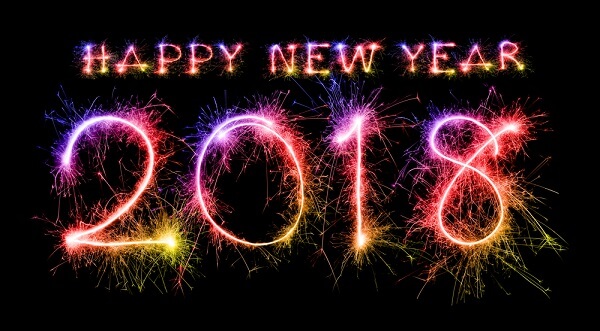The History Behind New Year’s

January 16, 2018
New Year’s Eve is one of the most internationally celebrated holidays of the year all around the world. From the thousands of pounds of confetti thrown in the air, all the way to the countdown, who doesn’t love New Year’s? Though, do you ever wonder why the new year begins on Jan. 1? And where did New Years even come from, and when did it start?
According to History.com, the first recorded new year’s celebration occurred 4,000 years ago in ancient Babylon. The Babylonians celebrated the first new moon following the vernal equinox, which usually occurred in mid-March, thus starting their new year. This also marked a major religious celebration that lasted for 11 days and involved crowning a new king or, if they liked their current king, renewing their leader’s crown and allowing him to rule for another year. Like the Babylonians, many other civilizations started their new year with astronomical or agricultural events, like the Egyptians with the flooding of the Nile and the Chinese with the second new moon after the winter solstice.
Looking back in time, it seems confusing to us as to why people didn’t always celebrate on Jan. 1. However, the new year that we know today did not exist until 153 B.C when the month of January was introduced to the Roman calendar. There was originally only ten months in the calendar, the year starting with March, but it was soon changed by the second king of Rome who added January and February. January was chosen for the new year’s beginning because that was when the two elected Roman consuls began their one-year tenure advising and running the army. However, the date would not always follow the new moon’s signal for the new year, leading to it beginning in March sometimes. That changed when Julius Caesar created the Julian calendar and decreed that the new year would officially start on Jan. 1, fixing the problem of the inaccuracy of the lunar system. The new year has also seen many other dates, such as Dec. 25 (The birth of Christ), March 1 (The Feast of the Annunciation), and March 25 (Easter), especially in the Middle Ages, but it returned to its place on Jan. 1 in 1582 when the Gregorian calendar was reformed.
New Year’s is for friends, family, and resolutions, so have a wonderful and safe new year!





